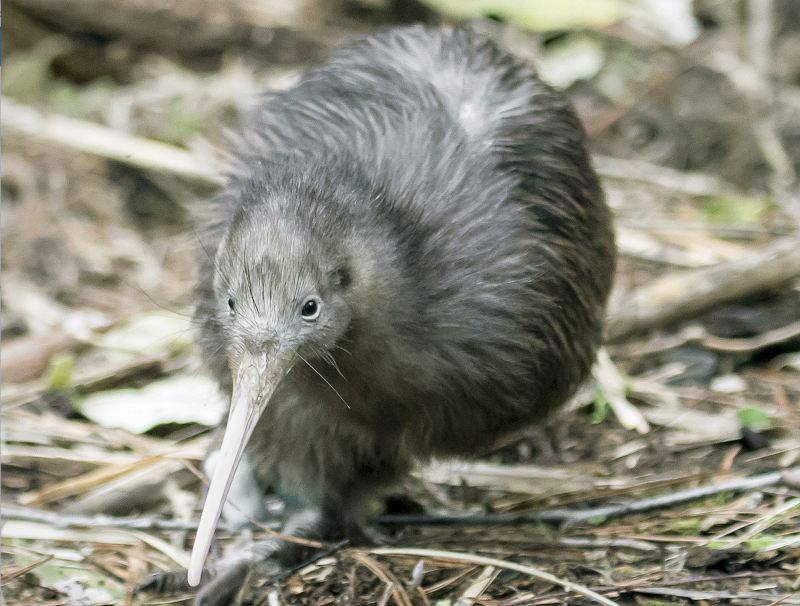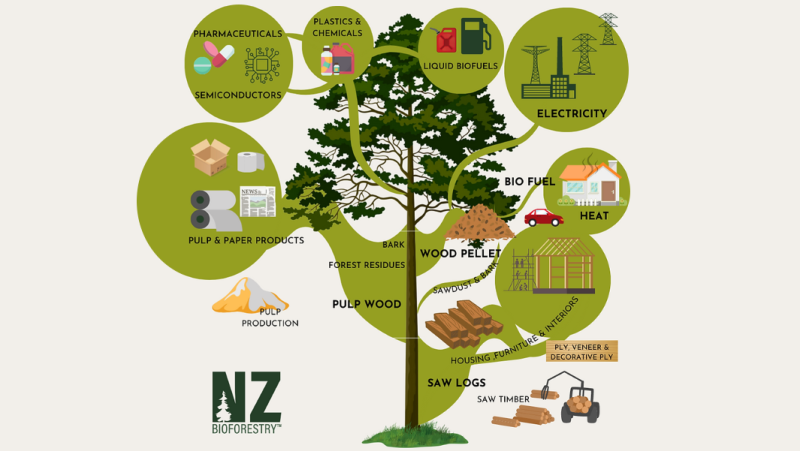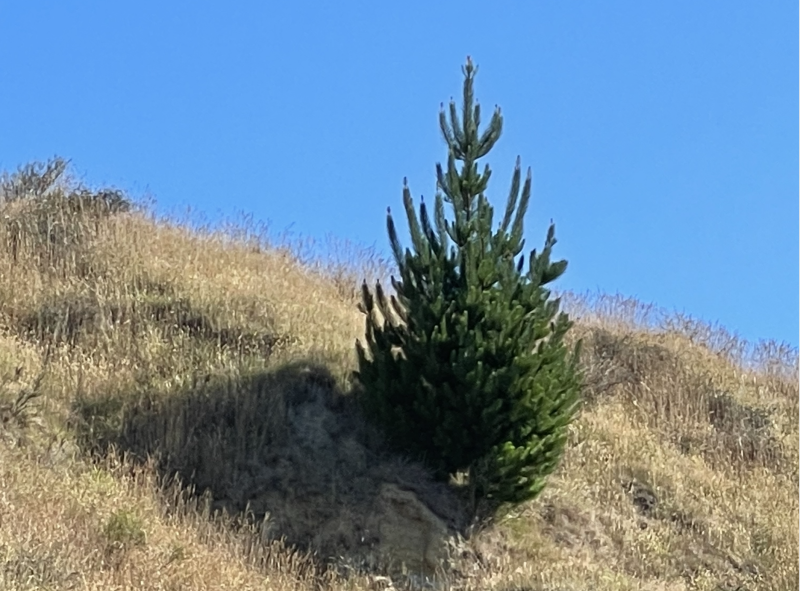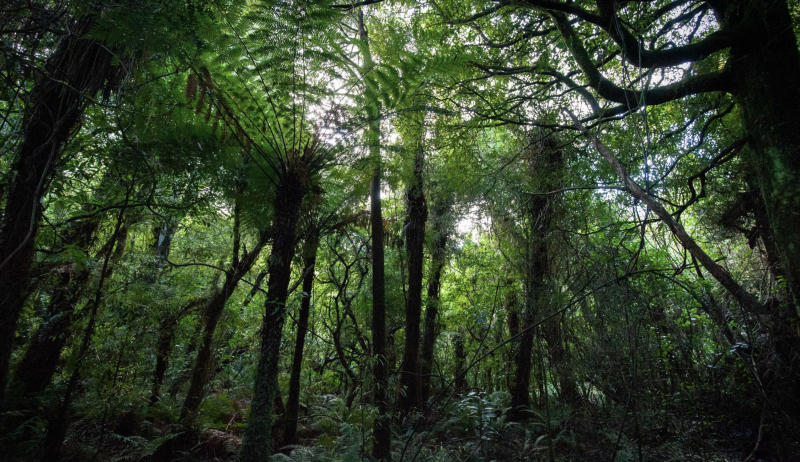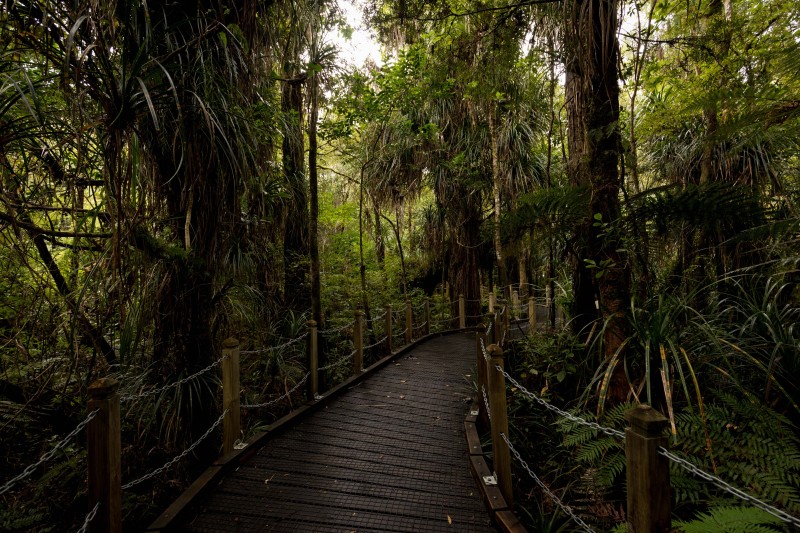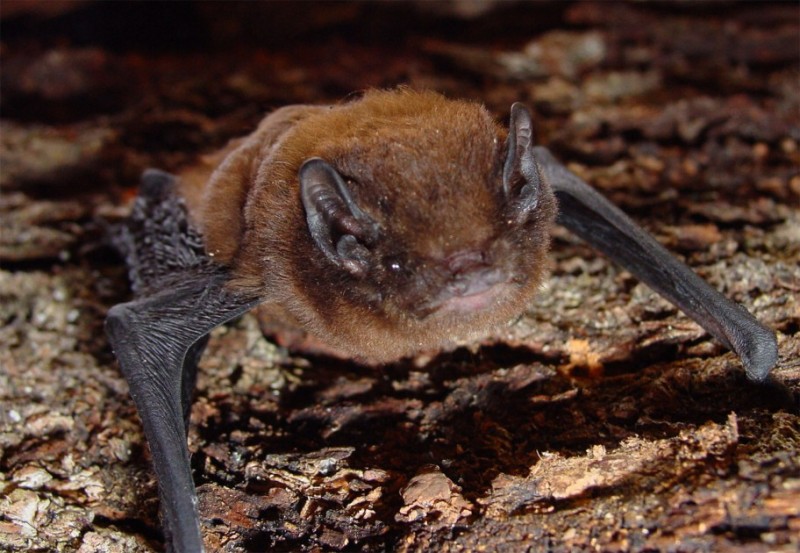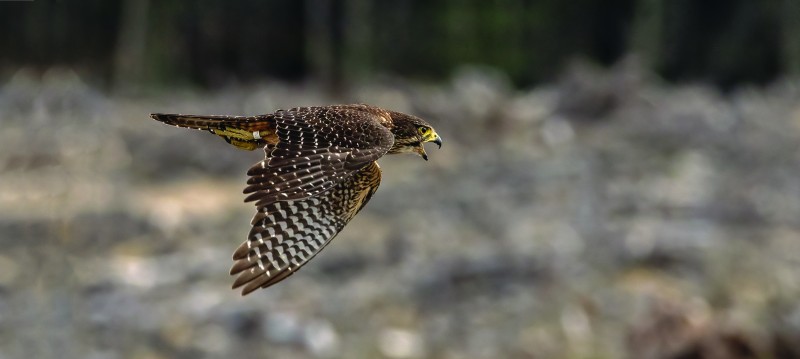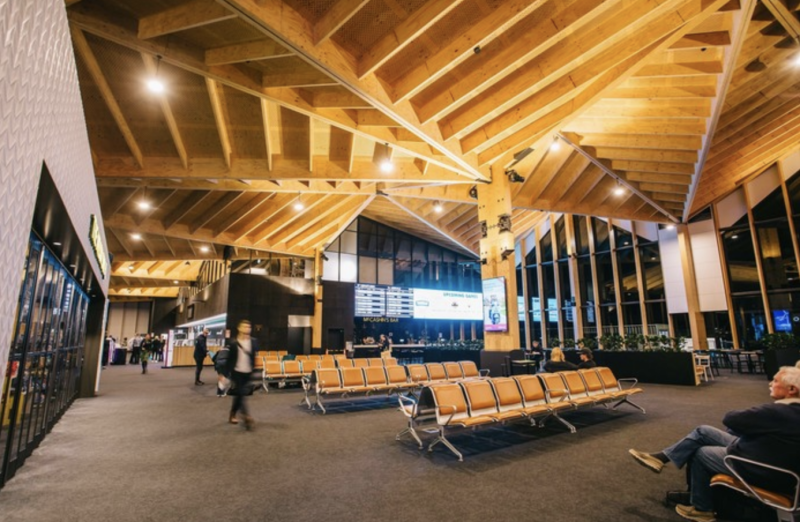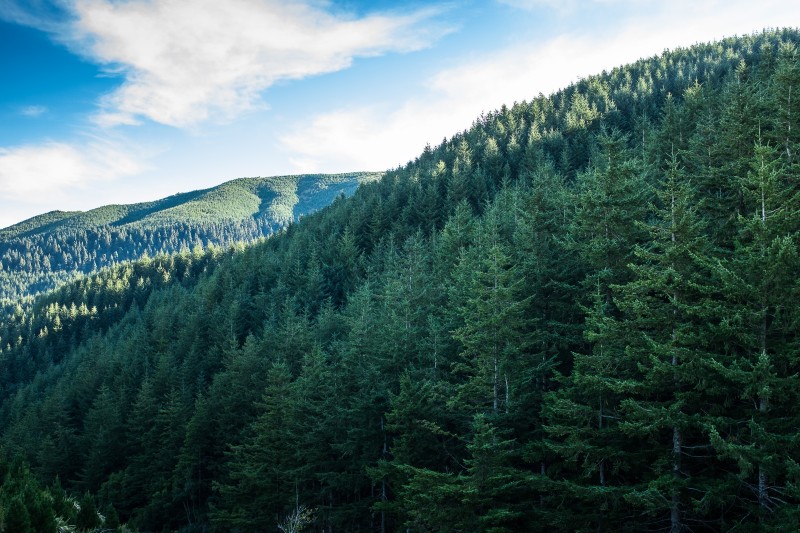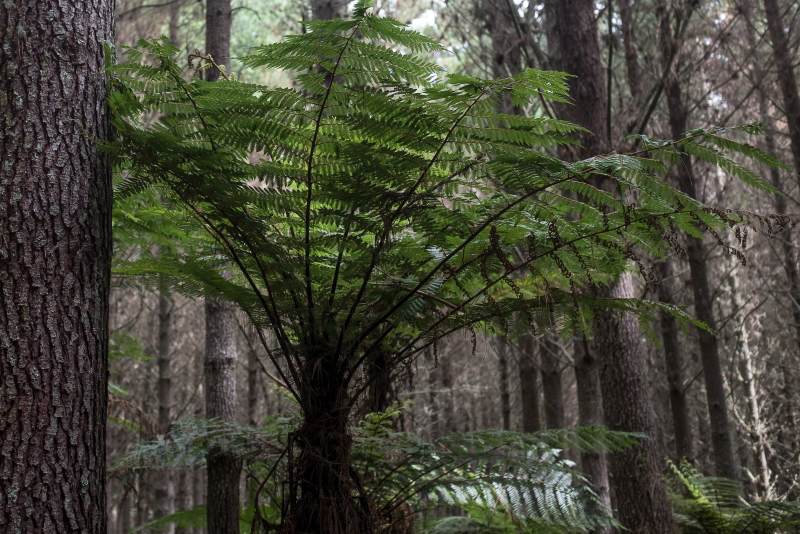The Northland region has the highest remaining population of North Island Brown Kiwi, which make their homes in both native reserves and plantation forests.
Many plantation forest managers work closely with the Northland kiwi recovery group, Kiwi Coast, to understand how best to manage kiwi populations in their forests, and forestry crews are trained on what to do if they encounter kiwi.
There are over 200 community-based entities running predator control programmes across Northland, covering over 240,000 hectares of land, and many forestry companies work closely with programme operators in their areas to help control mustelids (stoats, weasels and ferrets).
As a result of the community’s work, kiwi populations are increasing in areas under active management, and kiwi listening surveys indicate that the populations within plantation forests are thriving.
If you would like to know more about Northland Kiwi, please visit Kiwi Coast.
Did you know?
Dogs are the biggest threat to adult kiwi. All breeds find the strong distinctive scent of kiwi irresistible and easy to track, and they can catch and kill a kiwi in seconds.

